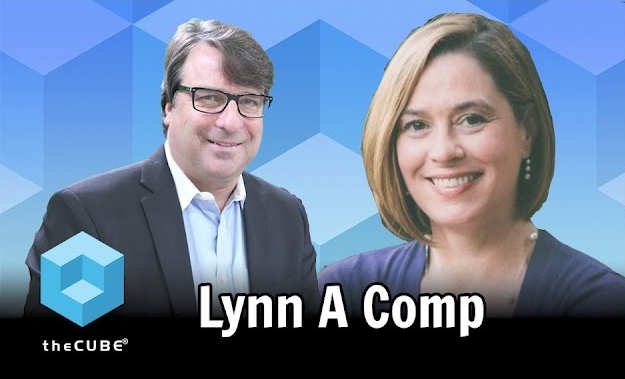 EMERGING TECH
EMERGING TECH
 EMERGING TECH
EMERGING TECH
 EMERGING TECH
EMERGING TECH
If data is the lifeblood of business today, then bandwidth is the beating heart. As more data flows across company networks, new technologies must emerge to lower costs and improve speed. One of these is 5G, a new networking standard that is poised to open up the flow of data across the world.
“If you think about what happened from 3G to 4G, you’ve seen how the usage has changed,” said Lynn A. Comp, senior director of industry and sales enabling, Network Platforms Group, at Intel.
Comp spoke over the phone to John Furrier (@furrier), co-host of theCUBE, SiliconANGLE’s mobile live-streaming studio, from the Mobile World Congress 2017 event in Barcelona. (*Disclosure below.)
With consideration of how evolving network standards have enabled new applications and technologies, Comp shared her observations on developer innovation with IT networks. She specifically mentioned 5G opening up the network’s bandwidth, allowing developers to more easily create and share data-heavy applications in need of low-latency network solutions, such as those for video and virtual reality environments.
Intel is trying to unleash that same spirit of creativity with the help of companies like Honeywell and GE, two partners collaborating on Internet of Things solutions for retailers and improvements throughout the industrial IoT. With 5G, similarly progressive use cases shape a very unique ecosystem, one that’s attracting early adopters looking for the first mover advantage.
To aid in this 5G push, Intel showed off FlexRAN, a Radio Area Network that brings the concept of virtualization to the network. It runs on a standard server and uses network slicing to allocate bandwidth for specific scenarios.
Intel has also brought together a number of hardware and software vendors under the Intel Network Builders program. This initiative, which includes almost all of the top-10 operators, focuses on a building-block approach supported by open-source resources.
“That translates into the kind of innovation and applications consumers love,” Comp said. “It’s such an opportunity-rich environment. … We’re in the pre-standard world right now for 5G, and there are a lot of pre-trials happening.”
One method of safeguarding early innovation with 5G technology is the use of Network Function Virtualization. According to Comp, interest in NFV took hold when network operators realized they could run a network on a general processor. Doing so allows a company to separate the hardware from the software.
“It gives the operators the ability to use general purpose processors for more than one thing, and future-proof workloads so they don’t have to issue new hardware, just spin up a new virtual machine,” Comp said. “We’re just starting to scratch the surface of the opportunities there.”
Watch the complete video interview below, and be sure to check out more of SiliconANGLE and theCUBE’s coverage of the Mobile World Congress 2017 Barcelona. (*Disclosure: Intel was the sponsor of this segment. Intel has no editorial control over content on theCUBE or SiliconANGLE.)
THANK YOU